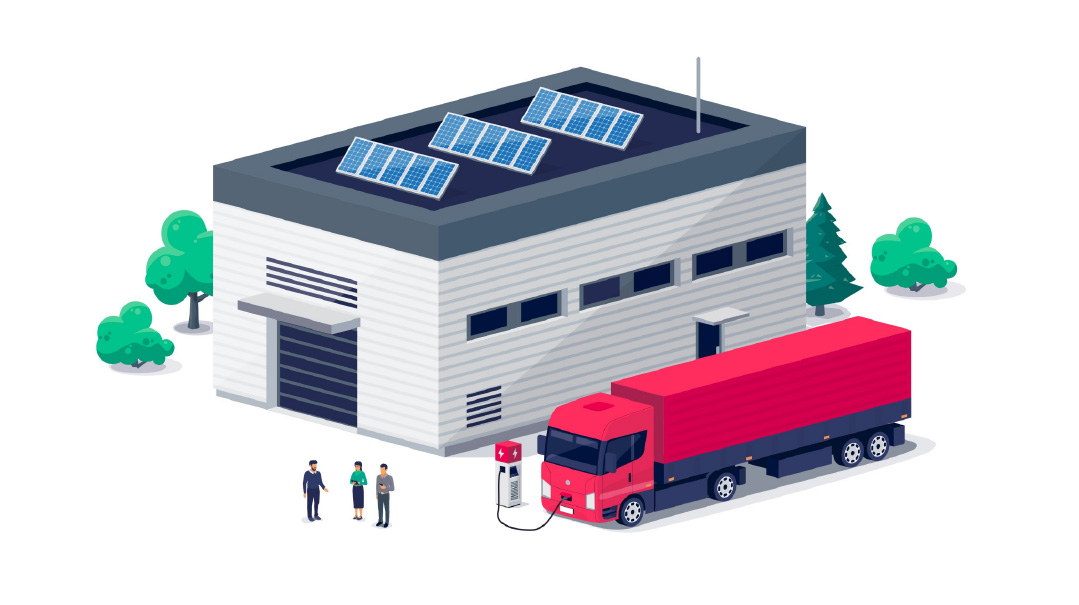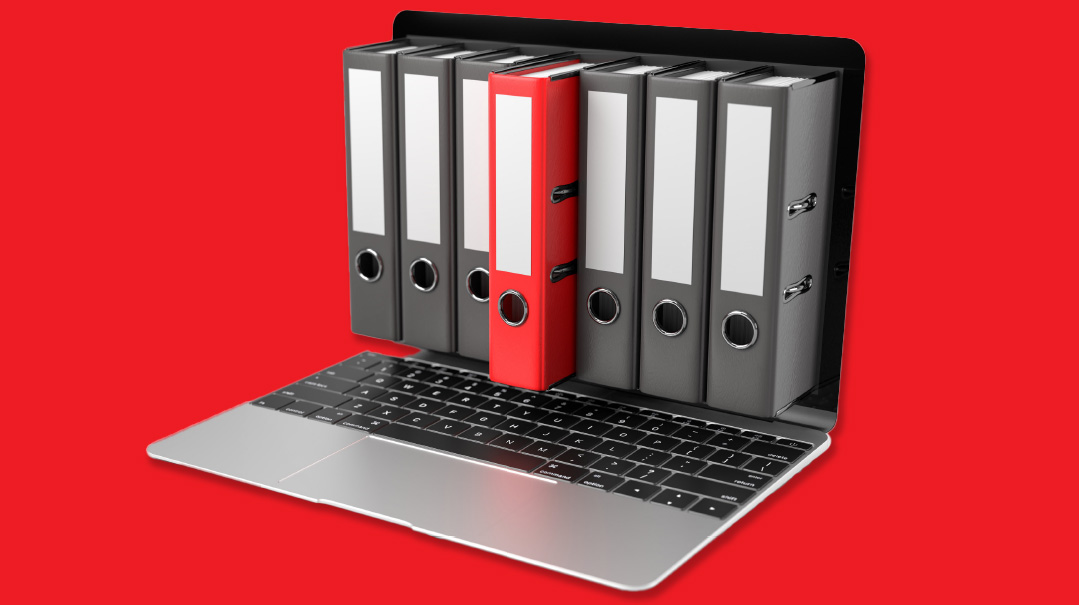In Memoriam

Remembering the father of LED lighting

In Memoriam
Nick Holonyak, Jr., father to LED lighting, died at the age of 93 in Urbana, Illinois. He developed the first red-emitting LED light, as well as the lights that illuminate computers and screens. He held over 40 patents; DVDs, CDs, and barcode scanners can all trace their successful operation to his work.
He was one of the first to predict that LEDs would overtake incandescent lighting, and at this point, they have.
He once said in an interview, “I didn’t take a sabbatical because I’m living in the playground where I go to play — to play with an idea and see if I can make something.”
When the Chips Are Down
Semiconductors have been in the news, mainly because there aren’t enough of them. They’ve been one of the major victims of the original supply chain shortage, and if you recall, they’re also one of the reasons new cars are harder to come by, as modern cars use many semiconductors. And it doesn’t help that it’s not an easy industry to break into; building a factory starts in the billions.
In another discouraging piece of news, there may be more trouble looming ahead on the semiconductor front. Currently TSMC, Taiwan Semiconductor Manufacturing Company, has over half the market share of the world’s semiconductors. For a little more context, they create the majority of the semiconductor chips used in 1.2 billion smartphones made yearly.
The company is located in Taiwan, as its name attests, and therein lies the next problem. Taiwan is currently self-governed, but China has recently threatened to invade, with Xi Jinping stating his goal to “reunify” it with China. What does that mean to me and you? Huge interruption of routine, economic turmoil, possibly military action?
Oh, that’s life as we know it already, never mind. False alarm.
Putting Your Money Where Your Mouth Is
3 Reasons to Shift Marketing Dollars to Podcasts
Podcasts are (still) on the rise, and everyone and their shvigger has one. If it’s been monetized, it’s a good idea to hop on the bandwagon as an advertiser. Here’s why:
- Personal endorsements are where it’s at. Podcast ads are most often host-read, meaning they are immediately connected with your product and service. Anyone who is a fan of the podcast will automatically have a positive association with what you offer for that reason. It gives an aura of trust and approval, and for that, it’s worth its weight in gold.
- Programmatic ads on podcasts are a new thing and they should be used wisely to retarget and track users on other platforms and podcasts. The ROI is high in this arena.
- People who listen to podcasts are a type (not an insult, just a fact.) They get obsessive, talk about different aspects, and find like-minded people to talk about it even more with. Dovetailing with reason number one, you can find an already-cultivated community to latch on to.
Shortcut to Burnout
A shortcut may be the reason for burnout, states a study in Harvard Business Review. Using Alt-Tab, a shortcut to toggle between apps, may not be as helpful as you thought it was. The study reports that people toggle between apps up to 1,200 times daily. That level of multitasking, and shifting of focus really gets to you, whether you’re aware or not. It definitely takes away any chance of you reaching the elusive “flow state.” Just goes to show, too much of a good thing applies to everything, not just ice cream.
Robot Cooking Your Food?
Nala Robotics has developed a robot that can fry chicken and French fries, as well as other foods, and season and plate them. It can also do other tasks like taking food out of storage, tossing fries, and applying a dry rub to proteins. All this for the low price of $2,999 a month.
Let’s do the math. For a fast-food joint to stay open for 12 hours a day, 30 days a month, at a rate of at least $15 an hour per employee, they’re in the hole for at least $5,400 plus taxes. There’s also the human factor of coming on time, getting the work done, and not quitting on bad days. Automating the process just makes sense. Popular fast-food franchises think so too and have invested heavily in robots.
Is this a good thing, or a bad thing? Hard to say. It’ll definitely take away low-skill, low-pay jobs. Is it terrible to make people level up and realized they can do more than flip burgers? Your call — this is a tech column, not an ethics one.
Looks Just Like You
Elon Musk is keeping busy. Between his Twitter buyout and tweetstorms, he’s introduced a project that has been in the works for a while, Optimus, a humanoid robot. He unveiled it during Tesla’s AI Day by having it walk onstage, not connected to any power source or to anything stabilizing it.
Not sure if you’ve noticed, but most robots out there don’t really look like ones people draw pictures of, no metal box, head, hands, and feet. It’s usually some swivel and hook with a tool at the end of it. Current robots are mostly uni-taskers, or its capabilities are very limited to one skillset. The concept behind a humanoid robot is that it can do what we do, but it doesn’t get tired, you don’t have to pay it, and it’s okay if it dies.
Right now, Optimus has cameras for eyes, microphones for ears, weighs 161 pounds, is made of mostly plastic and some metal when necessary, and can walk 5 mph. Save the walking speed, that sound like a lot of people in their eighties.
G-Suite Tips
Google has one of the most popular offerings for business productivity. Yet most of us aren’t half as productive as we could be because we don’t know of or use half the tools and features available to us.
Here are some ways to optimize your G-Suite usage — some general, some specific.
- Make sure you have the right package. Basic is $6 per user a month. But if your needs are either storage, security, or support, you should consider upgrading to other plans at $12 a month or enterprise level at $25 a month
- Use third-party add-ons. This is part of what makes G-Suite so awesome. The environment is very welcome for developers to create their own add-on customizing the experience. So, whether it’s Boomerang for Gmail, or you want your calendar custom color-coded to your brand colors — the sky’s the limit.
- Turn on location-based reminders. To-do lists got even better. Whether it’s a meeting at a client’s office, or you need to pick up snacks for the office, set a reminder to go off only when you’re at the location; you’re more likely to get to it right then.
- Mute email threads in G-mail for when you keep getting cc’ed on something you could care less about.
- Use logic branching in your Google Forms and people can respond to further questions based on the answers they’ve given so far so you can get more specific and details responses.
How to do all of this? Just Google it, the steps are super simple.
(Originally featured in Mishpacha, Issue 934)
Oops! We could not locate your form.







